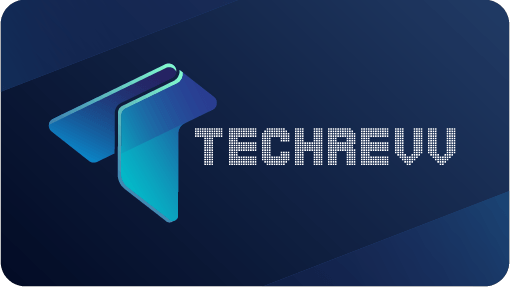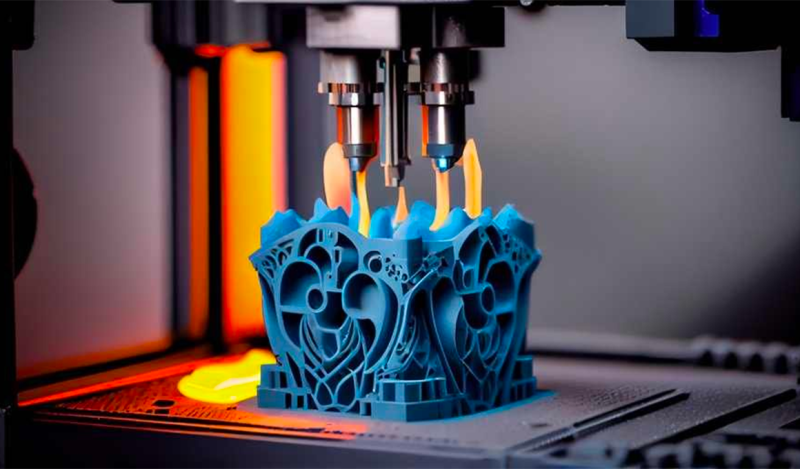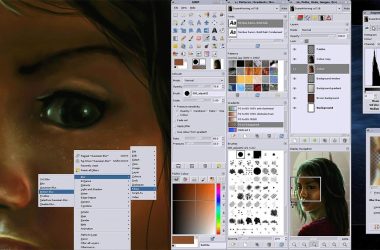In the fascinating realm where imagination meets innovation, 3D Printing is a revolutionary force, allowing individuals to bring their ideas to life in three-dimensional form. Suppose you're embarking on the exciting journey of 3D Printing. In that case, this beginner's guide will serve as your compass, navigating through the basics, technologies, and notable brands that have propelled this cutting-edge field.
Understanding The Basics Of 3D Printing
What is 3D Printing?
At its core, 3D printing, or additive manufacturing, creates three-dimensional objects layer by layer from a digital model. This transformative technology has applications ranging from rapid prototyping to crafting intricate customized items.
How Does 3D Printing Work?
The process typically involves creating a digital design using Computer-Aided Design (CAD) software. This design is then sliced into layers, and the 3D printer builds the object layer by layer, often using materials like plastic, resin, or metal. The result is a tangible, physical representation of the digital design.
Types of 3D Printing Technologies
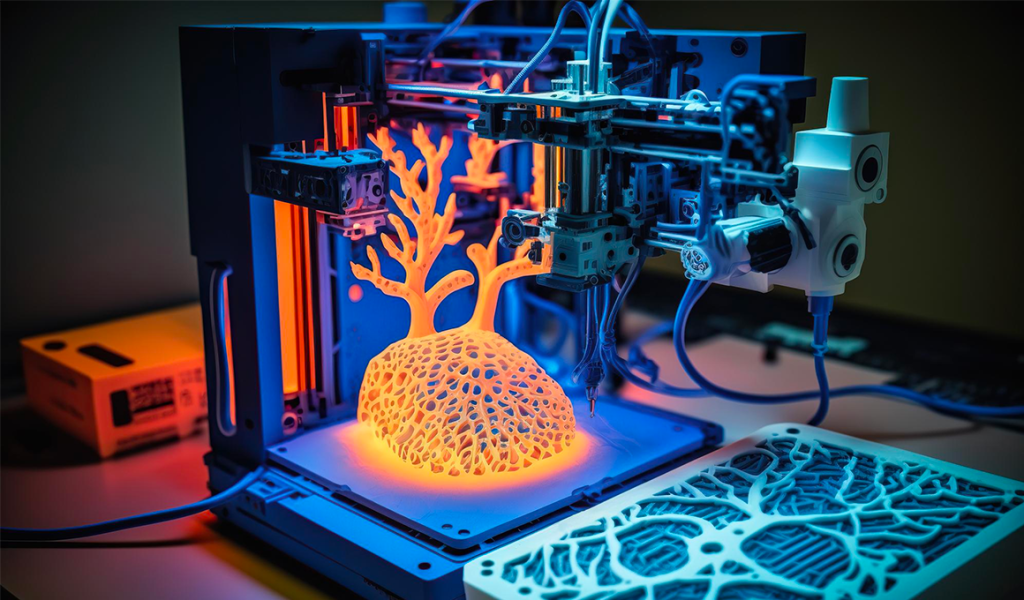
Fused Deposition Modeling (FDM):
- How it Works: FDM printers melt and extrude thermoplastic filaments layer by layer.
- Notable Brands: Creality, Prusa, Anycubic.
Stereolithography (SLA):
- How it Works: SLA printers use a liquid resin cured by ultraviolet light to create precise, detailed prints.
- Notable Brands: Formlabs, Anycubic Photon, Elegoo Mars.
Selective Laser Sintering (SLS):
- How it Works: SLS utilizes a laser to sinter powdered materials, often metals or nylon, layer by layer.
- Notable Brands: EOS, Sinterit.
Digital Light Processing (DLP):
- How it Works: DLP printers use a digital light source to cure liquid resin, producing high-resolution prints.
- Notable Brands: Wanhao, Phrozen.
Key Considerations for Beginners
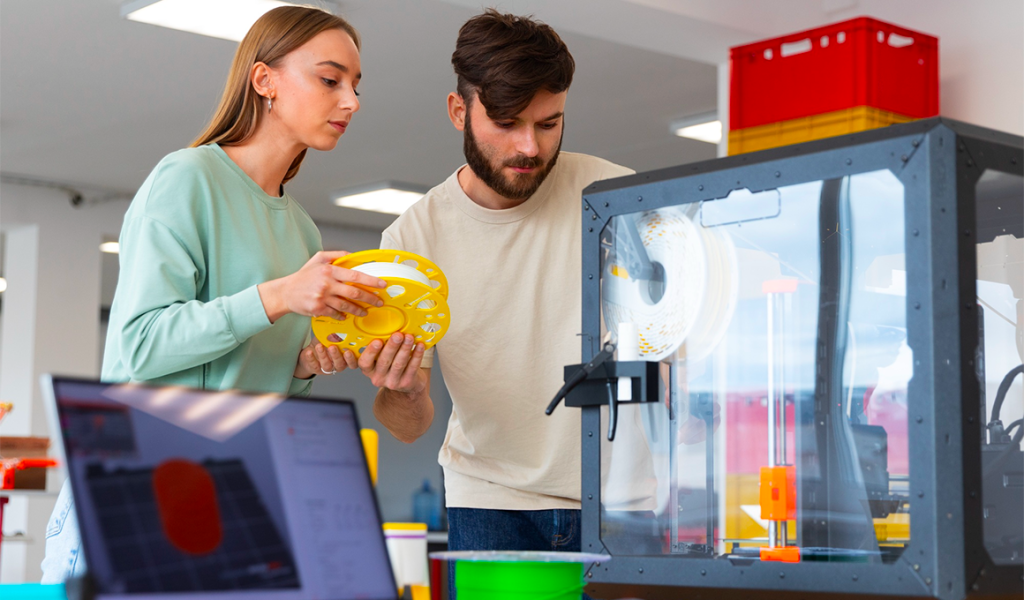
Choosing the Right 3D Printer:
- Consider Your budget, intended use, and the materials you plan to work with.
- Example: Creality Ender 3 for budget-friendly FDM printing.
Getting Familiar with Software:
- Explore CAD software like TinkerCAD for beginners and more advanced tools like Fusion 360 for intricate designs.
Material Matters:
- Experiment with PLA for ease of use, ABS for durability, or resin for high-detail prints.
Calibration and Maintenance:
- Learn Calibration techniques to ensure accurate prints and follow maintenance guidelines provided by the manufacturer.
Notable Brands Shaping the 3D Printing Landscape
Creality:
- Why Choose: Renowned for affordable and reliable FDM printers like the Ender series.
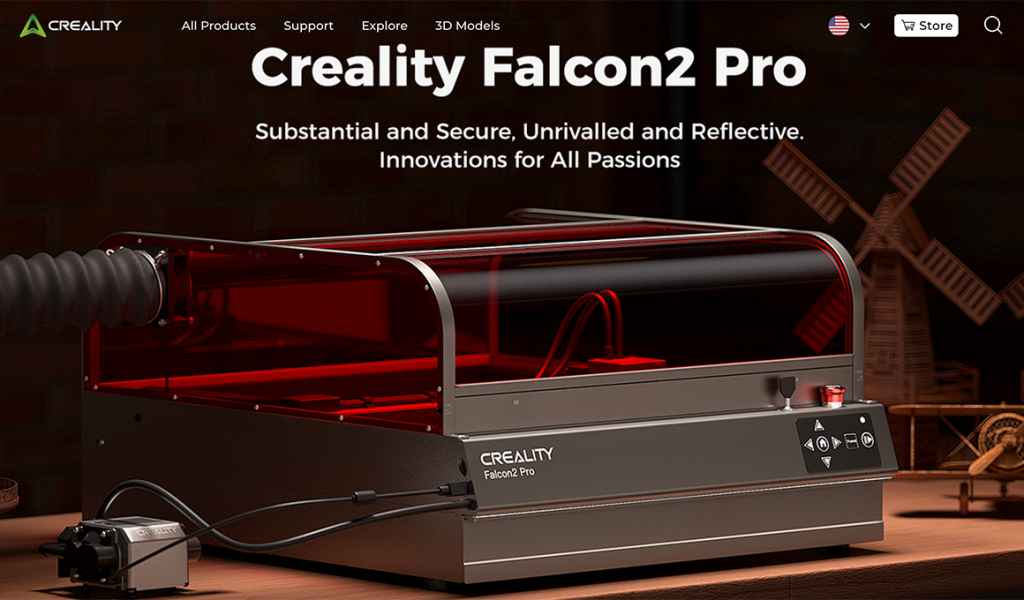
Prusa Research:
- Why Choose: Highly regarded for their open-source approach, offering quality FDM printers like the Prusa i3 MK3.
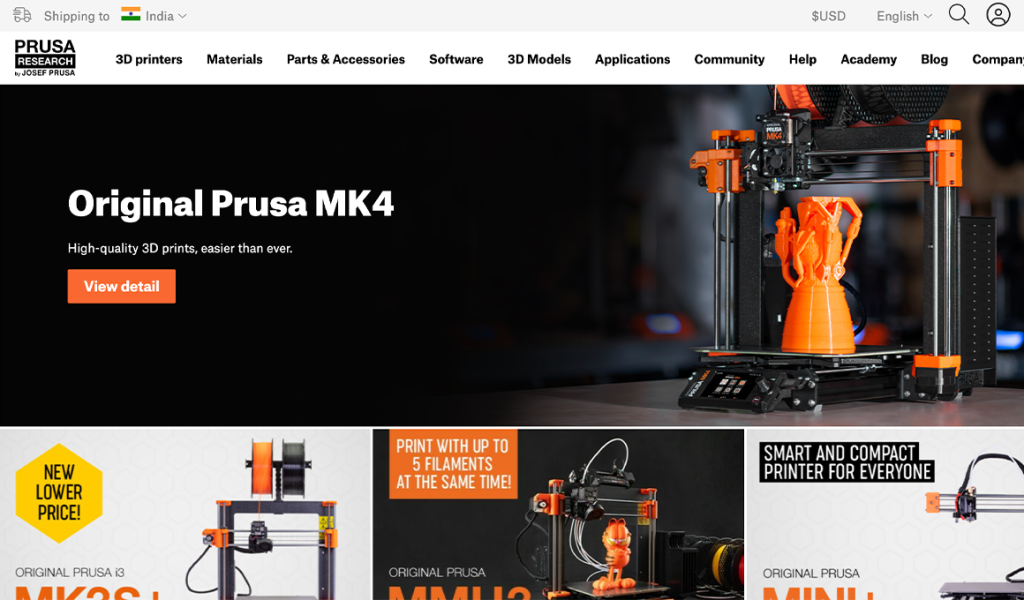
Formlabs:
- Why Choose: Leaders in SLA printing, Formlabs delivers high-precision resin 3D printers.
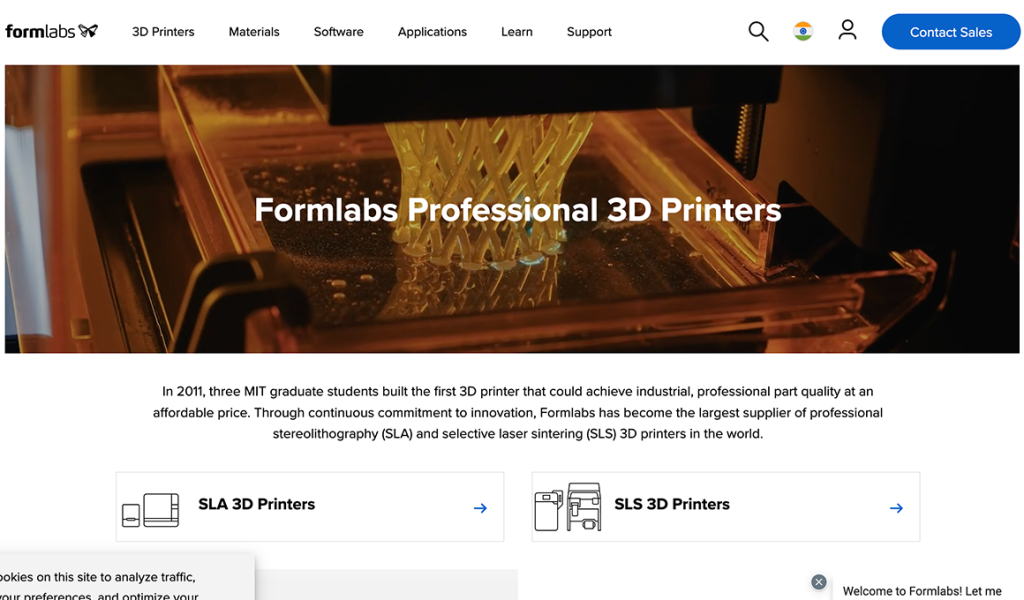
EOS:
- Why Choose: A key player in industrial 3D Printing, EOS specializes in SLS technology for metal and polymer printing.

Anycubic:
- Why Choose: Known for its range of 3D printers, Anycubic offers options for beginners and advanced users.

Embarking on Your 3D Printing Journey
As you step into the world of 3D Printing, the key is to start simple, learn, and gradually explore the vast possibilities this technology offers. By understanding the basics, exploring different printing technologies, and choosing the right equipment and materials, you'll unlock the potential to turn your digital dreams into tangible realities.
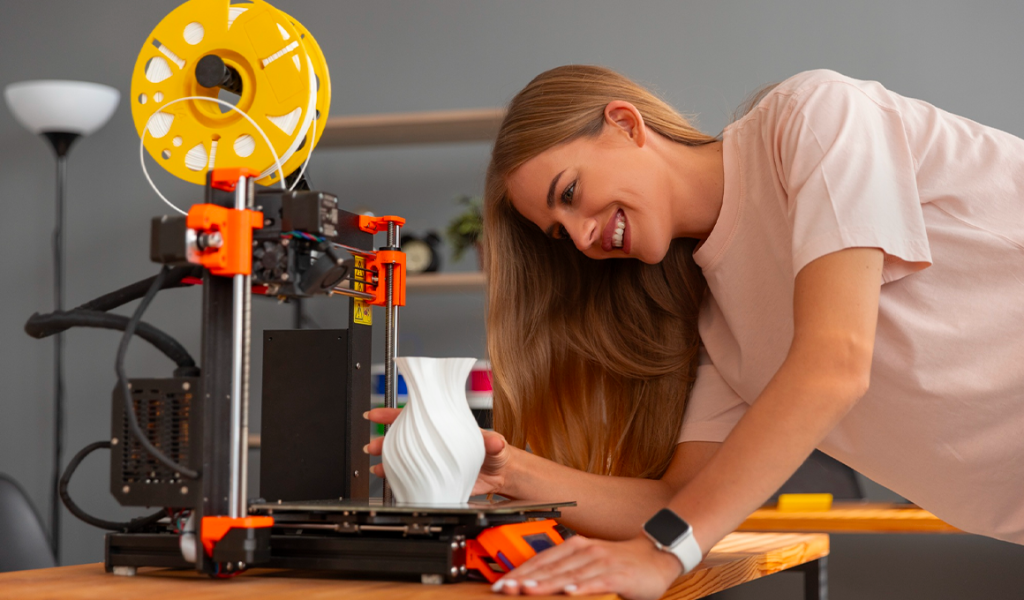
The brands mentioned in this guide are just a glimpse of the diverse landscape of 3D Printing.
As you delve deeper, you'll discover a vibrant community of makers, designers, and innovators pushing the boundaries of what's possible. So, gather your curiosity, unleash your creativity, and let the world of 3D Printing be your canvas for exploration and innovation. Happy Printing!
